
Gymnobela edgariana is a species of sea snail, a marine gastropod mollusk in the family Raphitomidae.
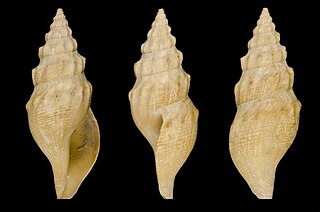
Gymnobela filifera is a species of sea snail, a marine gastropod mollusk in the family Raphitomidae.

Platycythara elata, common name the elongate mangelia, is a species of sea snail, a marine gastropod mollusk in the family Mangeliidae.

Cochlespira radiata, common name the common star turret, is a species of sea snail, a marine gastropod mollusk in the family Cochlespiridae.

Leucosyrinx verrillii is a species of sea snail, a marine gastropod mollusk in the family Pseudomelatomidae, the turrids and allies.
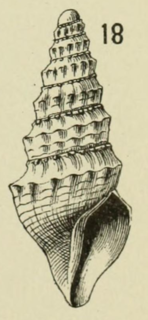
Crassispira premorra is a species of sea snail, a marine gastropod mollusk in the family Pseudomelatomidae. It was described by William Healey Dall in 1889.
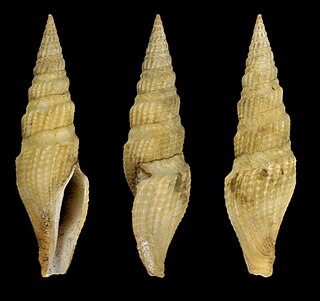
Hindsiclava alesidota, common name the lean turris, is a species of sea snail, a marine gastropod mollusc in the family Pseudomelatomidae, the turrids.

Daphnella corbicula is a species of sea snail, a marine gastropod mollusk in the family Raphitomidae.
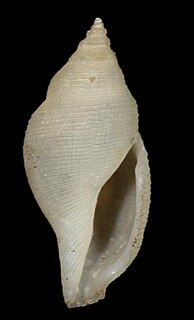
Daphnella reticulosa is a species of sea snail, a marine gastropod mollusk in the family Raphitomidae.

Daphnella retifera is a species of sea snail, a marine gastropod mollusk in the family Raphitomidae.

Pleurotomella circumvoluta is a species of sea snail, a marine gastropod mollusk in the family Raphitomidae.
Pleurotomella elusiva is a species of sea snail, a marine gastropod mollusk in the family Raphitomidae.
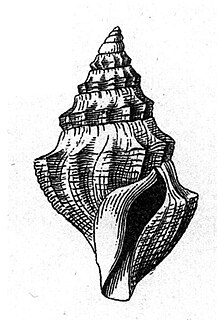
Pleurotomella ipara is a species of sea snail, a marine gastropod mollusk in the family Raphitomidae.
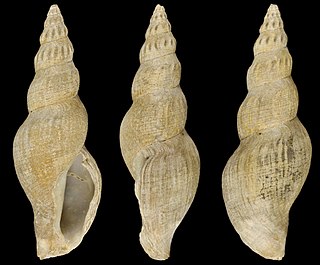
Pleurotomella pandionis is a species of sea snail, a marine gastropod mollusk in the family Raphitomidae.

Theta chariessa is a species of sea snail, a marine gastropod mollusk in the family Raphitomidae.
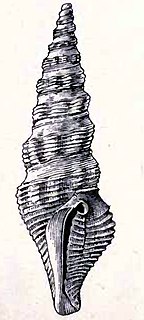
Compsodrillia acestra is a species of sea snail, a marine gastropod mollusc in the family Pseudomelatomidae, the turrids and allies.
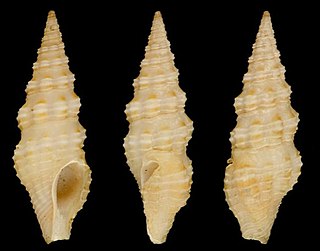
Compsodrillia eucosmia is a species of sea snail, a marine gastropod mollusc in the family Pseudomelatomidae, the turrids and allies.
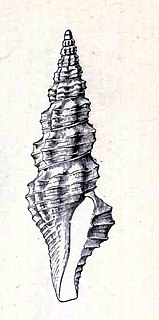
Compsodrillia haliostrephis, common name the spindle drillia, is a species of sea snail, a marine gastropod mollusc in the family Pseudomelatomidae, the turrids and allies.
Compsodrillia tristicha, common name the saddened turrid, is a species of sea snail, a marine gastropod mollusc in the family Pseudomelatomidae, the turrids and allies.
Neodrillia albicoma is a species of sea snail, a marine gastropod mollusk in the family Drilliidae.
















